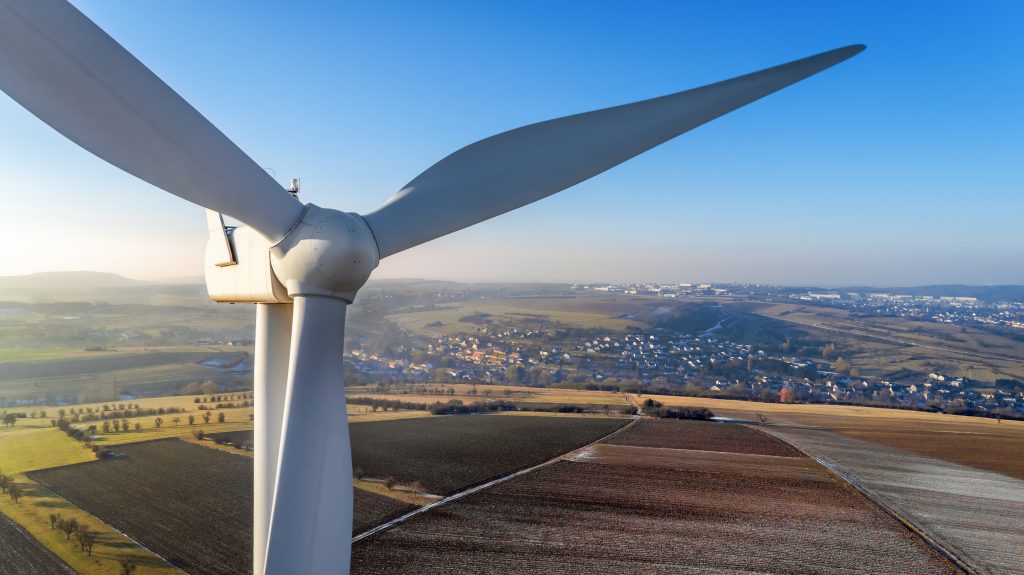by Dr Iain Staffell – Imperial College London
The world’s first low-carbon electricity forecast enables people to use power when it is cleanest.
In September, National Grid in partnership with Environmental Defense Fund Europe and WWF launched the carbon intensity forecast, a website that estimates the CO2 emissions from consuming electricity over the coming 48 hours.
This combines National Grid and Met Office data to forecast the generation mix, and the Electric Insights methodology to estimate the resulting carbon emissions.1 Carbon intensity data is estimated every half hour, with an accuracy typically better than ±10%, depending on the weather and forecast errors in demand, wind and solar generation.
Turning this information into real-world carbon savings requires people and businesses to be flexible on when they run their appliances (from washing machines and electric vehicles to steel furnaces). The unreliable British weather makes it hard enough to plan when to do the laundry – and very few people will have the time and dedication to routinely check the ‘carbon forecast’ as well. National Grid, therefore, provide their forecast through an API2 that allows developers to build new apps and products to help people and firms optimise when to use electricity. Just as the ‘internet of things’ means you can now automate your home’s heating and lighting, soon you may also be able to control your carbon footprint without thinking about it.
The carbon intensity forecast website, showing the average, maximum and minimum carbon intensity over the coming days
It is challenging to estimate the size of ‘the prize’: how much carbon could be saved from people changing when they consume electricity. On the individual level, delaying your consumption reduces the output of a flexible ‘marginal’ generator at one time, but increases output from another generator later on. This is likely to be a similar flexible generator (probably gas-fired), as changing when you wash your clothes will not affect when the wind blows.
However, widespread load-shifting across the country would allow low-carbon baseload generators to have longer running hours, and mean less need for diesel and coal peaking plants. It would also smooth out power prices between peak and off-peak times, reducing trading risk for all market participants. Ultimately,
this could allow the system to absorb more intermittent renewable energy, thus lowering emissions.
In the long-term, if load shifting altered the average grid mix, this service could lower the carbon emissions from electricity consumption by up to a quarter. The historic Electric Insights data lets us estimate what a perfectly flexible consumer could save by delaying their consumption until the lowest-carbon period. Being
flexible over 12 hours would allow electricity to be consumed with 14% lower carbon intensity on average. Extend this to 48 hours and the saving is 25%. These savings are growing as the carbon intensity of Britain’s electricity swings more widely with renewables output.
How much carbon could be saved by shifting electricity consumption to the period with lowest carbon intensity? The average CO2 savings for each month over the last five years, based on the maximum time window for load-shifting.
The views and opinions expressed in this article are those of the authors and do not necessarily represent those of, or constitute an endorsement by, National Grid.
Authors: Dr Iain Staffell, Dr. Alasdair Bruce.
1: The service uses National Grid’s latest forecasts for national electricity demand, embedded wind and solar generation, and data from Elexon and the Met Office to forecast carbon intensity for each technology. Emissions are estimated for all large metered power stations, interconnector imports, transmission and distribution losses. See https://github.com/carbon-intensity/methodology for more detail.
2: API: Application programming interface
